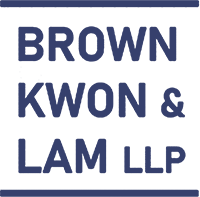June marks the start of pride month which means many of us will be sharing our support of our loved ones who identify as LGBTQIA. While laws are changing, unfortunately, many Americans are still experiencing gender and sex discrimination in the workplace, further pushing back the fight for equality. At Brown Kwon & Lam, we fight for your rights in the workplace so you can be you, no matter what your sexual orientation is.
What is the Difference Between Sex & Gender Discrimination?
Very often, sex discrimination and gender discrimination are used interchangeably as in essence, they refer to the same practice. However sexual discrimination is more closely related to sexual harassment in the workplace, so it’s imperative to be mindful of the terms you use in a legal sense.
Many individuals think that one term pertains to sexuality while the other is biological, however that is not necessarily the case. In 2003, New York enacted The Sexual Orientation Non-Discrimination Act (SONDA).
The Sexual Orientation Non-Discrimination Act
The Sexual Orientation Non-Discrimination Act often referred to as SONDA, “prohibits discrimination on the basis of actual or perceived sexual orientation in employment, housing, public accommodations, education, credit, and the exercise of civil rights. New York has long prohibited discrimination on the basis of certain characteristics, such as race, sex, and religion. SONDA added the term ‘sexual orientation’ to the list of specifically protected characteristics in various State laws, including the Human Rights Law, the Civil Rights Law, and the Education Law.”
Under the act, sexual orientation is defined as heterosexuality, homosexuality, bisexuality, or asexuality, whether actual or perceived.
SONDA prohibits discrimination on the basis of actual or perceived sexual orientation in:
- Employment
- Use of places of public accommodation, resort, or amusement
- Admission to and use of educational institutions
- Publicly assisted housing
- Private housing accommodations and commercial space
- Relation to credit
Examples of Sexual Orientation Discrimination in the Workplace
Like any form of discrimination in the workplace, it is important to follow the statute of limitations and to seek legal counsel if the discriminatory practices cannot be resolved within the employment setting.
Common forms of this type of workplace discrimination which may need legal support include:
- Negligent or intentional infliction of emotional distress
- Harassment
- Sexual harassment
- Assault
- Battery
- Invasion of privacy
- Defamation
- Interference with an employment contract
- Wrongful termination
I’ve been discriminated against at work. What should I do?
If you have been discriminated against in the workplace because of your sexual orientation, know that you are not alone and that your voice and story matter. If you have been discriminated against, you can:
- File a charge of discrimination with the New York State Division of Human Rights within one year of the most recent discriminatory act; or
- File a complaint directly in state court within three years of the most recent act of discrimination.
By filing a case, you may be able to receive compensatory damages for pain and suffering and the monetary value of any lost wages or benefits. But know that you must file within the time constraints.
If you have been a victim of sexual orientation discrimination in the workplace, Brown Kwon & Lam is here for you.
When you are a victim of discrimination in the workplace, you need to seek legal representation from a New York City employment attorney, like Brown Kwon & Lam, to ensure you receive the justice you deserve. If you believe that you were a victim of sexual orientation discrimination or harassment, call BKL today.

